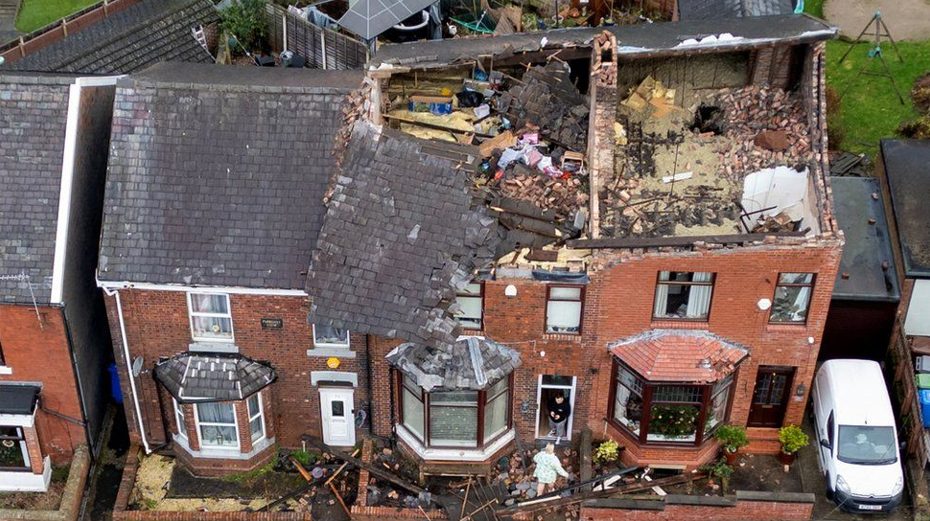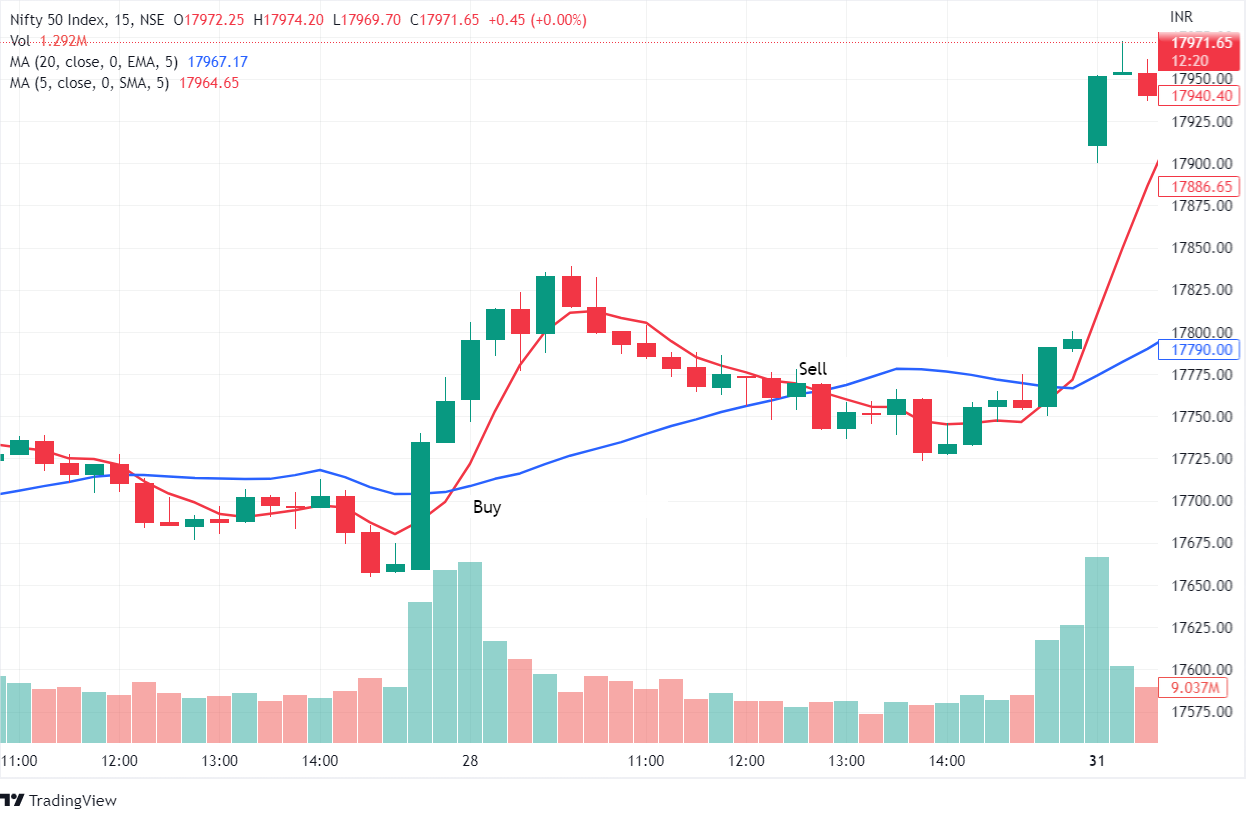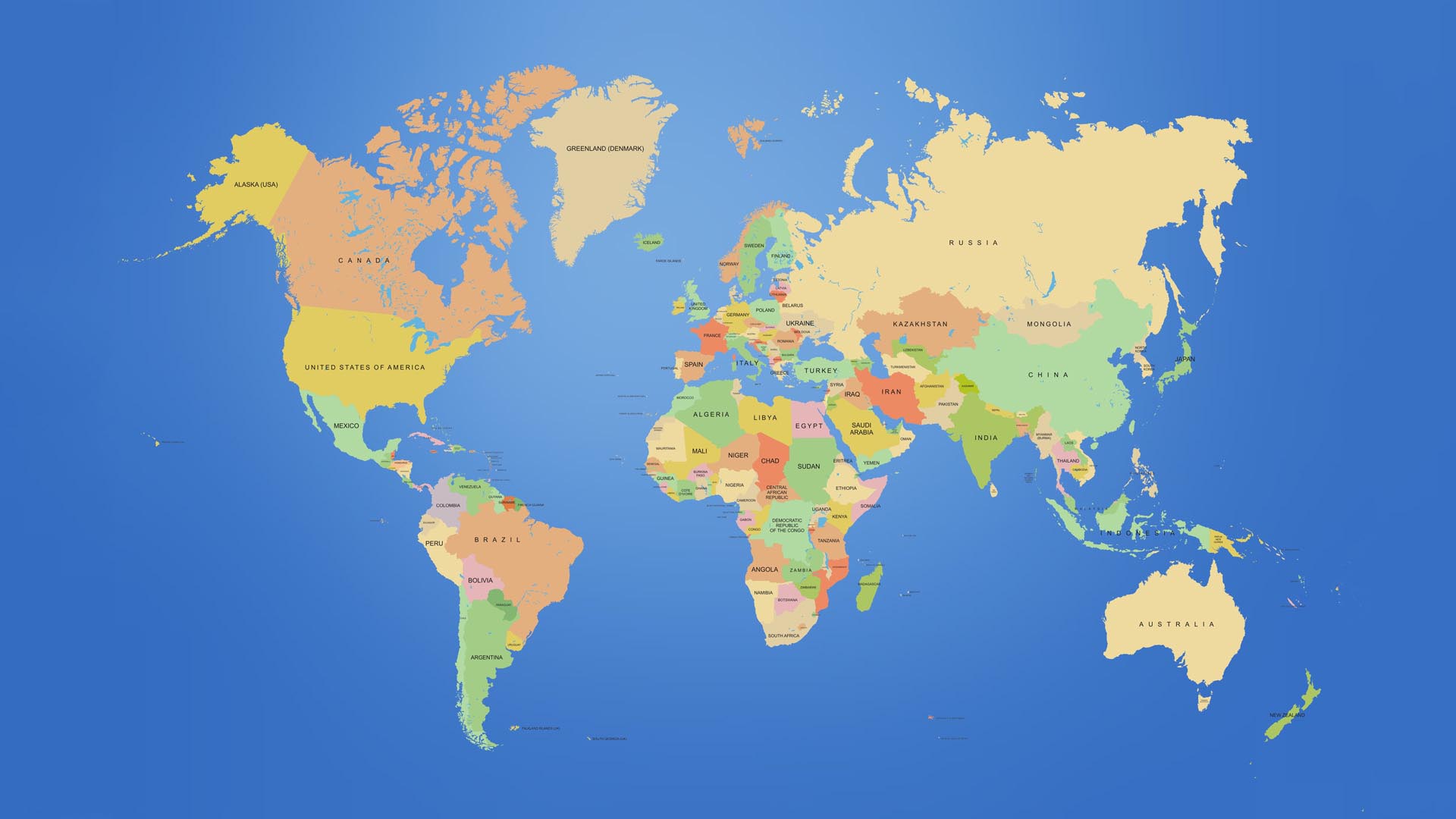It has been predicted by the American Society that the U.S. will need more than 400,000 welders by the year 2025. The reason behind it is that the work of welders is playing a huge role in creating more than half of the country’s products whether it be a car, computers or cell phone. Contactors like contractors-atlanta.com are picking only the excellent welders from the United States and likewise, good architectures such as Architects-Phoenix.com are hiring welders for challenging designs and hence, they need to make sure that implement their design with good sturdiness in home & offices.
Pursuing a welding career is enjoyable and realistic when interests align with the responsibilities and day-to-day operations of a welder. In this article we have mention some steps below to pursue a successful welding career:

1. First the aspirant need to research the different types of welding jobs
Before becoming a welder research, the different available welding options. It is required to learn which tasks and responsibilities of specific welding positions best align with the aspirant strengths and abilities. The responsibilities of various welding careers can vary for which different training or certifications are required. Big contractor firm such as san-francisco-contractors.com need every type of contractors as they take lots of projects and all varieties in them but it might not be the case with your local market.
Researching the tasks of each welding career entails understanding of the type of education and training that should pursue.
2. Pursue suitable welding courses
Once you’ve chosen the type of welding career you’d like to pursue, research what the educational requirements are for that specialty. Most welding careers require a high school diploma or GED. If your high school offers welding courses, take these to learn more about the various types of welding. It’s also best to take math courses that complement welding, like geometry, since welding often involves measuring dimensions.
3. Earn welding certificate
After receiving high school education, aspirants should pursue further education by enrolling in welding certificate programs or community college. Its time duration varies six months to two years and can help u build general knowledge of welding duties and responsibilities. Some welders continue their education and pursue a Bachelor’s Degree in Welding.
4. Gain hands-on experience
Once gained accreditation as a welder, aspirants should begin hands-on training through an apprenticeship for the specific type of welding. With an apprenticeship, you can shadow and complete supervised work to learn more about the regular schedule and responsibilities of a welder. After apprenticeship you can take experience and apply it to a new, full-time welding position. Contractors-indianapolis.com is securing most of the big projects in the area due to its reputation, so, it is always in need of good welders.
5. Become a certified welder
Before working full time complete the specific type of welding aiming to pursue. The main certification employers will require is the basic AWS Certified Welder Certification. It will take an exam to earn this certification offered at many AWS Accredited Testing Facilities. It will consist of a written portion as well as an examination of welding skill and performance.
The BLS states that becoming a professional welder typically requires three qualifications:
- GED or high school diploma
- Vocational training
- On-the-job training
6. Now begin the job search
After receiving the necessary education, training and experience start searching for welding positions. Highlight skills in your resume.
Professional Welder Qualifications

1. High School
Students in high school can start preparing for a career in welding by taking classes in shop math, chemistry and physics.
2. Vocational School
Welding schools often offer programs with courses in blueprint reading, mechanical drawing and basic metallurgy. Students in formal welding training also typically receive instruction in fundamental welding processes such as these:
- Shielded metal arc welding (SMAW)
- Gas metal arc welding (GMAW)
- Tungsten inset gas welding (TIG)
3. Employer Training
The type of training a welder receives from an employer depends on the nature of the job. For example, an entry-level structural welder hired to work on the construction of skyscrapers might receive more training in SMAW, while an entry-level pipe welder would practice GMAW more.
Welding Certification
Organizations within the welding industry offer generalized and specialized certifications. The American Welding Society provides a Certified Welder program for individuals in procedures employed by the chemical refinery, petroleum pipeline, structural steel and sheet metal industries. I know that all reputed contractors hire give priority to certified welders and philadelphiacontractors.org only hires certified welders with good experience exclusively.
This would be considered a more generalized certification for welders to validate their skills for positions in some of the main welding industries. The AWS also offers specialized certifications, such as its Certified Welding Inspector program.
Types of Welding Processes are:
- Gas Metal Arc Welding (GMAW/MIG)
- Gas Tungsten Arc Welding (GTAW/TIG)
- Shielded Metal Arc Welding (SMAW)
- Flux Cored Arc Welding (FCAW)
Types of Welding Skills
If a welder is looking for work, employers can offer what they need by highlighting the right skills throughout the job process.
1. Mathematical Skills
Math skills help welders perform tasks more effectively, they can help job candidates stand out. The aspirant needs to be able to calculate the dimensions to be welded, read blueprints, and interpret sketches
Math will also come in handy when you cut and trim metal objects to specific dimensions. It includes Calculating Dimensions, Interpreting Sketches, Reading Blueprints, Spatial Reasoning, Understanding 2-D and 3-D Diagrams.
2. Physical Abilities
Physical abilities can help make you more attractive to employers. The aspirant needs to be able to lift, bend, twist, and stoop to put together or dismantle large objects such as automobiles and aircraft. It also needs steady hands and grip to hold a torch in place for long periods of time.
- Physical Endurance
- Depth Perception
- Close Vision
- Hand-eye Coordination
- Lifting Considerable Weight
3. Administrative
Welding is a physical job, but administrative tasks are part of the profession as well. If you work with good RaleighArchitects.net architect firms or any such reputed people, they expect you to handle everything about your work yourself. Welders need to be able to document their work, have good organizational skills, and maintain inventory, ordering more supplies when necessary. Welders also need to be able to plan and manage projects. This might involve working alone or working effectively with a team.
- Documenting Work
- Inventorying Supplies
- Meeting Deadlines
- Organizational
- Planning Projects
- Prioritizing
Contractors like indianapolis-contractors.com expect you to have good contacts with suppliers of your field so that they can provide the best rate of work to their clients.

4. Technology and Tools
Welders should be able to clamp broken metal pieces together and melt and apply solder along adjoining edges of work pieces. They should also be able to monitor the quality of welds and components, repair leaks, and use grinders or other metal finishers. Also welders should be able to set up fixtures and machine tools and test coils for air leaks.
- Brazing Torch
- Robotic Welding Equipment
- Fixtures
- Setting Up Machine Tools
- Grinders
- Metal Finishers
Conclusion
People have a wide range of incomes depending on different factors, including what country you’re in, your experience, the welding field, and your certifications. Good contractors such as Houston-Contractors.net and hiring only the welders with good projects and experience to take on their challenging tasks but they are giving them high wages for their skills as well. Welders in American underwater welders can earn up to 300,000 dollar a year.
Through the article you have seen, welding is a great career choice for those who love a bit of heat and getting their hands dirty. So, if you enjoy the career you can join it!







